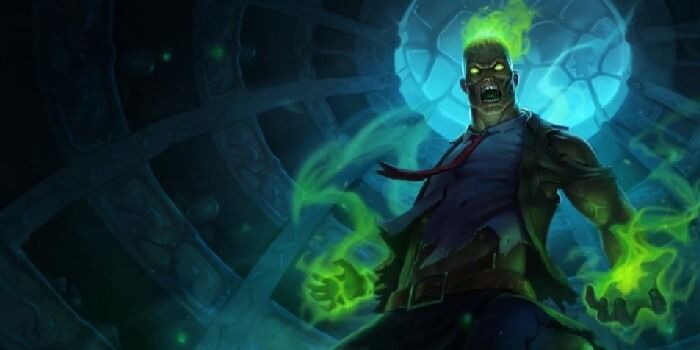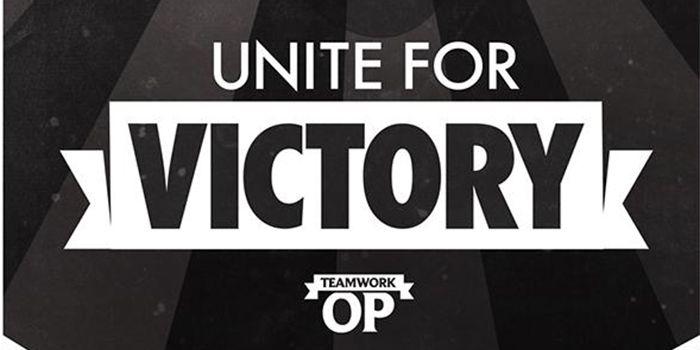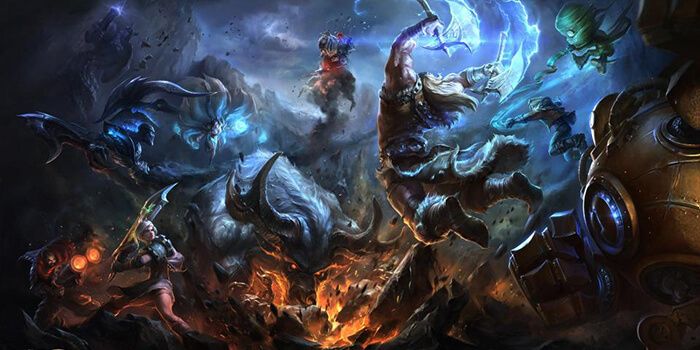In any competitive activity, you're going to have trash talk. Doubly so for online competition, where anonymity often emboldens people to sink to new lows and whip out the vilest insults possible. Anyone who has played Call of Duty or similar MMOs has likely been on the receiving end of some very colorful and inventive mud-slinging. Taken to extremes, this type of online harassment can spill over into players' personal lives and cause major harm. That's why Riot Games, creators of League of Legends, took huge steps toward changing the way its in-game community—notorious for trolls and angry players—speaks to one another. Using a blend of scientific reasoning and reward systems, Riot Games has made major strides in reforming its League of Legends’ trolls and negative online environment.
Riot Games Uses Neuroscience to Fight Harassment
Riot Games has tried different tactics to deal with League of Legends trolls and bullies for some time, beginning with the Tribunal system. This system looks at players that are continuously flagged for poor behavior and lets the community judge whether they should be pardoned or punished, rather than outright banning them after a particular number of infractions. This is part of Riot Games' philosophy of "reform" versus "remove," which hopes to change the behavior at the source, not rely on pruning it out as it appears.
Jeffrey Lin, Riot Games' Lead Designer of Social Systems, spoke about it in an interview with gamesindustry.biz. "More and more we have kids and people growing up only online these days; they're not doing as much team sports as they used to. They're not learning about teamwork and cooperation. They're learning it all online, where there are no rule sets at all."
Consequently, some players have little concept of how their words impact other people. "One player wrote, 'I just didn't realize how offensive the f-word was.' He wrote in just to apologize; he didn't realize how bad it was," Lin explained.
Confronting players with their own behavior is just one method Riot Games uses to address negative player behavior. Lin, who has a PhD in Neuroscience, has helped implement many techniques intended to encourage positive behavior. Showing positive messages in particular colors, rewarding players for good behavior, restricting chat for problem players, and making chat opt-in only are all methods the company has used to curb in-game harassment.
Have Riot Games' Efforts Been Successful?
Riot says their new systems are making the League of Legends' community a more positive place as time goes on. After making chat opt-in, Riot claims that negative chat decreased by 32.7 percent. Other experiments yielded similar results, including one that showed players a message like, "Teammates perform worse if you harass them after a mistake," in different colors. Players who saw the message in red were less likely to engage in negative behavior than players who saw the message in white.
Many people write off the often-toxic nature of online interaction as a byproduct of anonymity, but Riot Games' efforts prove that it doesn't have to be. Making these changes doesn't eliminate the possibility of future negative interactions—trolls will be trolls, after all—but it is a step in the right direction.
Riot Games' methods won't work for every game, and many players have valid complaints that limiting communication hinders the ability of teams to work together. Others argue that letting the community judge itself will let some players get away with more than they should.
Still, the amount of League of Legends trolls wreaking havoc in the community has dissipated. And since the online community is something we've created—not something that exists in a vacuum—it would be irresponsible to let harassment and negativity continue to thrive.




